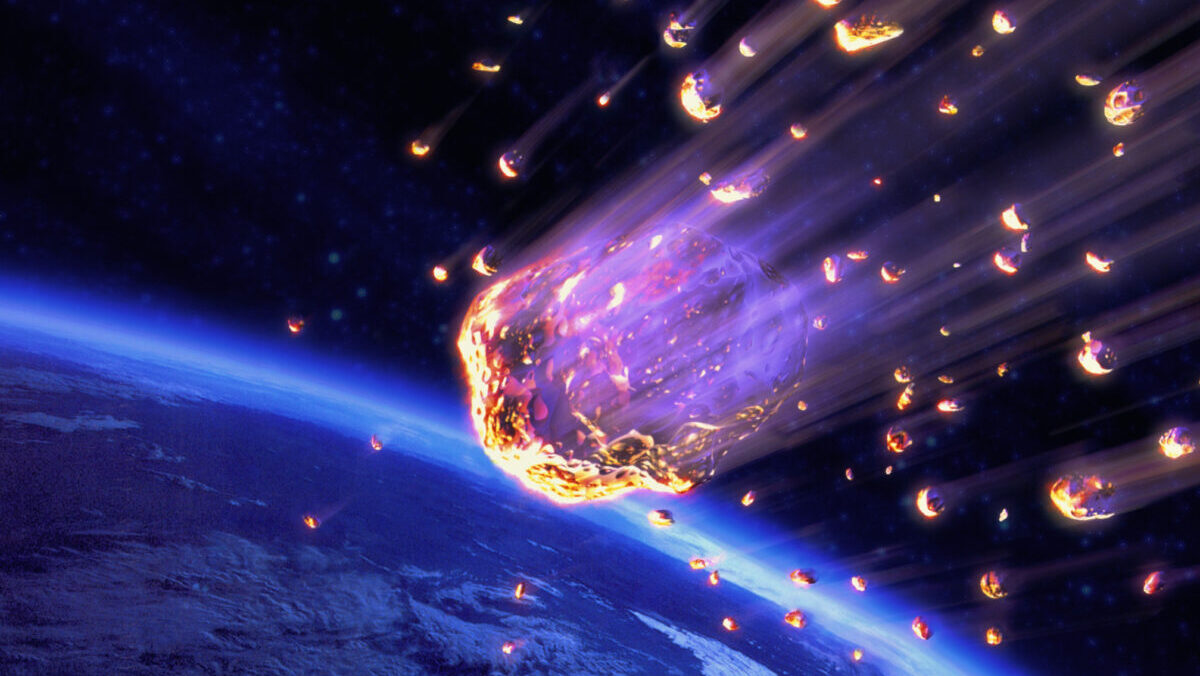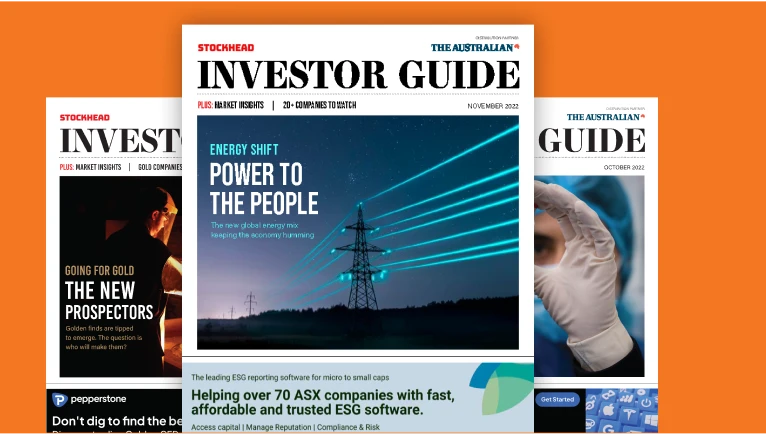Monsters of Rock: Meteoric step to uncovering potential of Brazil’s ionic rare earths

Pic: Adastra/The Image Bank
- Meteoric Resources sets Ausenco on the task of delivering a scoping study on its high-grade Caldeira rare earths find in Brazil
- BHP’s CDO Johan van Jaarsveld on why it doesn’t see lithium as a long-term moneyspinner
It’s been labelled one of the finds of the past year, lifting its owner almost 1,000% in the past 12 months and turning it into a burgeoning $420 million-capped mid-tier player.
Now Meteoric Resources (ASX:MEI) is getting ready to put the first economic numbers behind the Caldeira project in Brazil, which ranks among the highest grade ionic clay rare earths discoveries worldwide.
Many companies have brought ionic clay projects to the ASX in recent years. The method is one of the largest producers in China, home to the bulk of the world’s rare earth production and almost all its refining.
But deposits outside China are relatively untapped territory. While most grade in the hundreds of part per million, Caldeira stands out because it registers in the thousands.
It contains a JORC compliant inferred resource of 409Mt at 2626ppm total rare earth oxides.
Today it announced the award of a contract to Australian engineers Ausenco to complete a scoping study on the project utilising its Perth and Brazil offices. A “Class 5” engineering cost estimate is due in the first quarter of 2024, with capex and opex for financial models and a reserve update expected in the third quarter.
“It is excellent to see this important package of work now underway under the guidance of a world-class
engineering group such as Ausenco,” MEI CEO Nick Holthouse said.
“The Ausenco team have a strong track record in the REE space and will deliver exactly the right level of expertise and detail required to ensure the World-Class Caldeira Project progresses at the best possible speed.
“Ausenco are well recognised as industry leaders in their field. We are pleased to have them as part of our team at Caldeira and look forward to building on the strong relationship we already have with them.
“The Study will provide economic, engineering and environmental data and deliverables for the Project, whilst help to refine parameters and next steps for the development pathway for this high-grade, high-recovery and strategically located asset.”
The study will focus on the southern licences at Caldeira, where infill drilling is under way to convert around 200Mt of inferred resources to measured and indicated standard, with metallurgical testwork at the Australian Nuclear Science Technology Organisation also ongoing.
An EIA permitting process is also in the works, with MEI targeting completion of that pricess by the first quarter of 2025 ahead of a potential permit to construct in the final quarter of 2025.
Meteoric Resources (ASX:MEI)
Why not lithium?
Neither lithium, copper nor nickel is really sparkling at the moment, but the extremely bullish demand outlook for the former has had any number of analysts and investors calling out BHP (ASX:BHP), the world’s biggest miner, for not getting into the game.
Is it smarter than the rest of us, or just rueing a missed opportunity to get in cheap when the industry was on the floor?
BHP’s chief development officer Johan Van Jaarsveld fielded that question in a Q&A at the Melbourne Mining Club this week, rolling out the company’s line yet again on the long term outlook for the commodity.
As it stands BHP thinks copper, and not lithium, will be the commodity more constrained as we go hunting for the metals to power the EV revolution.
“When we think about lithium, is that yes, currently there’s a bit of a crunch. But if you think about supply and where the supply occur in the world, we think that’s over time going to work its way through, and there’s actually a lot of lithium supply,” he said. “Lithium is not nearly as constrained as copper.
“What you see, over time, is that the lithium cost curve will really flatten out, and your ability to extract value at the bottom of the curve is going to be really curtailed, unless you own the absolute, absolute best assets. And many of those assets are based in places like South America, with really, really disadvantaged ESG footprints.
“Now, having said all that, we do here and there invest in technologies that can be applied to lithium extraction through the Ventures team and that gives us good insight on what might come over the horizon that could change our view on lithium.
“But as it stands, (it’s) hard to see BHP build a big enough business that can stay cashflow positive over a 20-year time frame and that’s where we landed with our analysis.
“At the same time, I think we respect that there’s a lot of capital flowing into lithium, and that there is a lot of money going to be made, by folks in this room I think, as well, over the next couple of years.”
Related Topics

UNLOCK INSIGHTS
Discover the untold stories of emerging ASX stocks.
Daily news and expert analysis, it's free to subscribe.
By proceeding, you confirm you understand that we handle personal information in accordance with our Privacy Policy.








